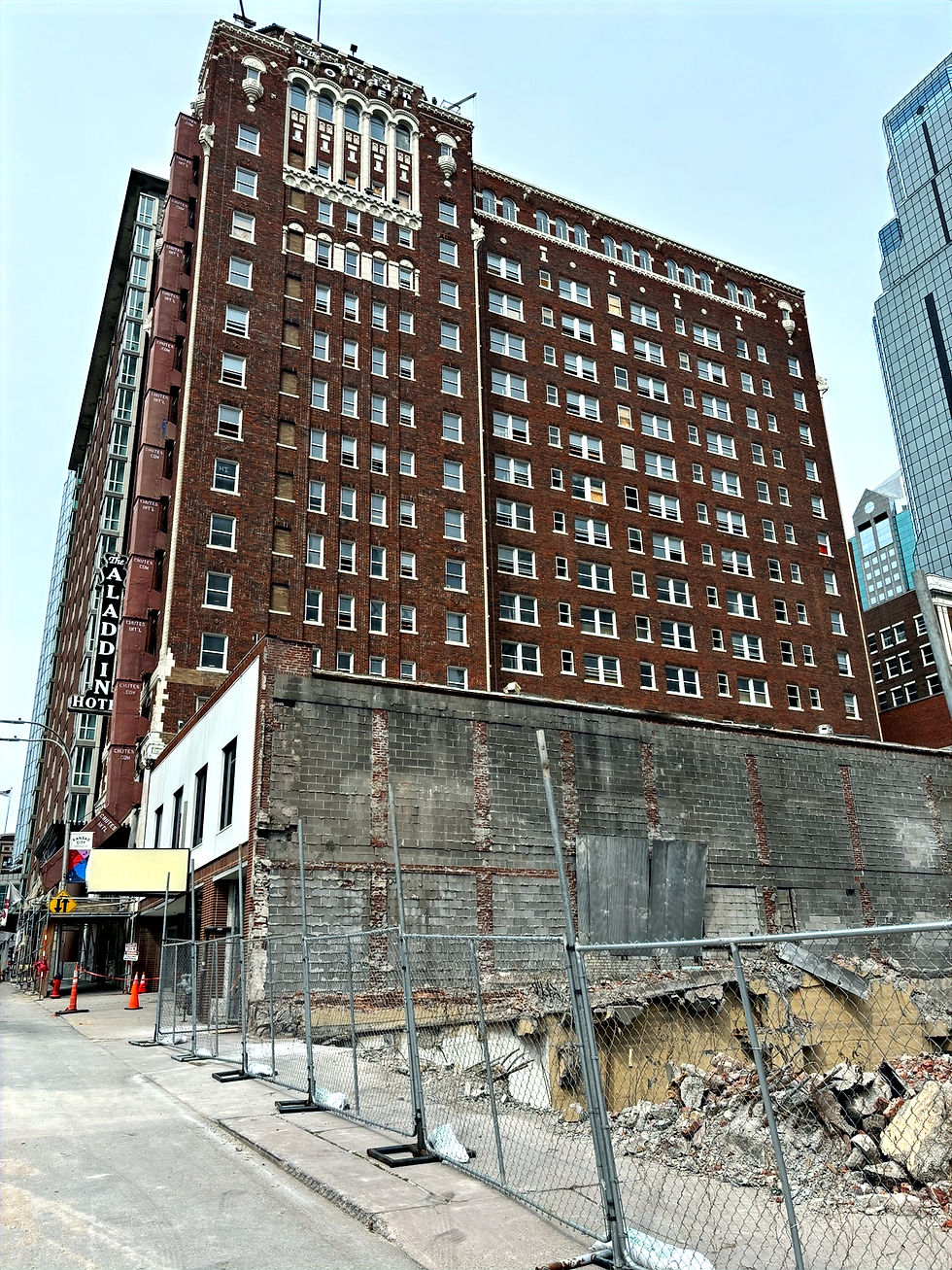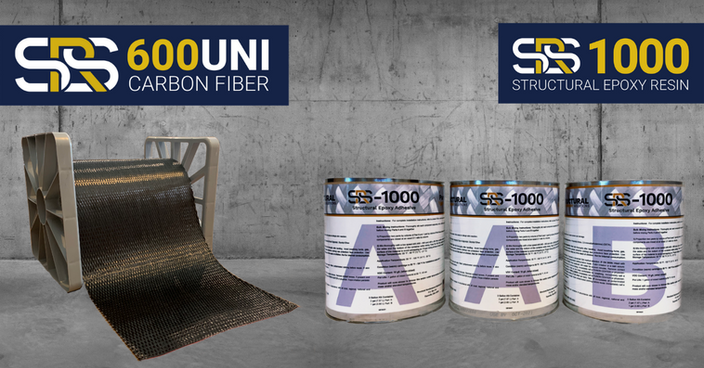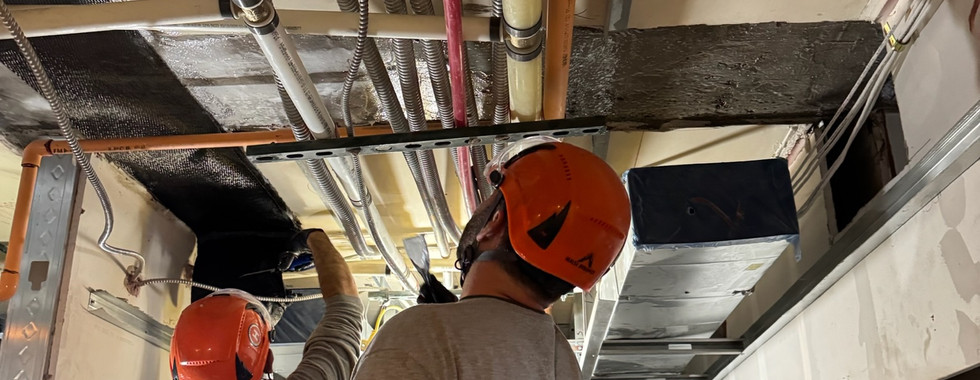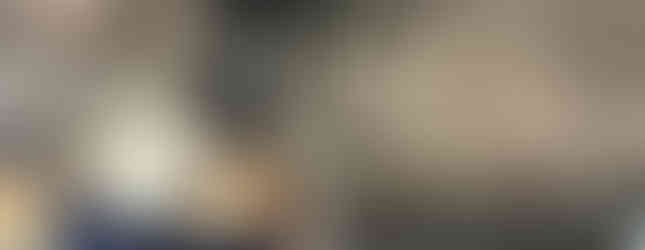How Carbon Fiber Reinforcement Helped Preserve the Historic Aladdin Hotel in Kansas City
- Jarred Jones, P.E.
- Sep 23
- 5 min read
Updated: Sep 24
Modern engineering solutions for a century-old downtown landmark

Since 1925, the Aladdin Hotel has stood as a fixture of downtown Kansas City—a 16-story tower in the Spanish Revival style that once welcomed guests like Babe Ruth, Al Capone, and Mickey Mantle. Now, nearly a century later, it’s also the site of a recent carbon fiber reinforcement project, bringing modern engineering into one of the city’s most historic structures.
The redevelopment is being led by Molzer Developments, a Kansas City–based firm founded by 24 year old Zach Molzer, one of the youngest developers in the region. Molzer has quickly built a reputation for tackling ambitious historic projects. His work at the Aladdin is already sparking conversations across Kansas City and beyond.
“The Aladdin has always been a landmark in Kansas City, and we’re honoured to breathe new life into it ... Our goal is to celebrate its history while reimagining the space for modern use. - Zach Molzer
Earlier in 2025, Molzer held a wall-breaking ceremony to mark the official beginning of the Aladdin’s transformation. The event signaled more than demolition—it represented the start of converting the 16-story hotel into 122 apartments, blending market-rate and affordable housing with new amenities while preserving the building’s historic identity. Coverage from outlets like The KC Pulse and KSHB underscored the project’s dual role as both a housing solution and a preservation effort.
Delivering on that vision required major upgrades to mechanical, electrical, and plumbing systems. One of the subsequent challenges was expanding a 14-story service shaft opening to accommodate HVAC ductwork and conduit. This change directly impacted the structural slabs, requiring reinforcement to increase their capacity and keep the project on schedule.
This is where Structural Reinforcement Solutions (SRS) came in.
The Engineering Challenge: Expanding a 14-Story Mechanical Shaft
As part of the conversion, the existing mechanical shaft had to be widened to accommodate new HVAC, plumbing, and electrical systems. This meant cutting through reinforced concrete slabs on 14 consecutive floors. Removing reinforcing steel at the slab edges reduced their ability to transfer loads and created a condition that required strengthening.
The work area added another layer of complexity. With existing mechanical runs and obstructions crowding the space, access was limited, ruling out conventional methods like heavy steel bracing. The project instead demanded a lighter, more adaptable approach—making carbon fiber a clear choice for strengthening the slab without causing unnecessary disruption.
The project needed a solution that could restore slab performance within the constraints of a historic structure while being lightweight, adaptable, and straightforward to install.
Carbon Fiber's Role in Reinforcing Kansas City's Aladdin Hotel
The design concept centered on restoring the strength of compromised reinforcing steel with externally bonded composites. By using carbon fiber reinforcement, engineers redistributed stresses away from the cut slab edges and reestablished capacity around the expanded opening.
Carbon Fiber Straps – Twelve-inch-wide SRS-600 UNI straps were bonded to the underside of the slab to provide flexural strengthening. Each strap delivered a design strength of 79 kips, restoring the slab’s ability to span and carry loads.
Anchor Detailing – To fully develop the tensile strength of the straps, SRS specified the use of SRS-5000 Splayed Anchors. At each strap termination, four ½-inch anchors were drilled into the underside of the slab, splayed, and epoxied to the strap ends with SRS-1000 Structural Epoxy Adhesive. This detailing tied the reinforcement securely back into the concrete substrate.
Strap Layout – Straps were run from supporting element to supporting element, or extended far enough beyond the opening to provide full bond development of the CFRP. This ensured the reinforcement carried slab loads efficiently across the modified area.
This approach restored the slab’s strength and capacity while avoiding intrusive, and often heavy methods, like steel bracing, making it a precise fit for the Aladdin project’s confined and historic conditions.

Collaboration in Action
Designing the reinforcement system was only part of the solution—execution in the field was just as critical. SRS coordinated closely with Molzer Developments, the project developer, Haren Companies, the general contractor, and Spartan Ram Jack, the specialty FRP installer. This collaboration ensured that the strengthening design could be implemented effectively despite the crowded work areas, existing mechanical runs, and tight clearances around the shaft.
Field Execution: From Design to Installation
Once the design was finalized, Spartan’s installation crew carried it out step by step, working carefully around the existing mechanical runs and obstructions near the opening. The work required precision to ensure that each strap and anchor developed the intended strength and performed as designed.
Surface Preparation – All plaster and finishes were removed to expose the concrete substrate. The slab edges were ground smooth, and surface defects were patched with SRS-2000 Structural Epoxy Paste to create a uniform bonding surface.
Drilling Anchor Holes – At each strap termination, holes were drilled into the slab to receive four ½-inch SRS-5000 Splayed Anchors.
Strap Installation – 12-inch-wide SRS-600UNI carbon fiber straps were epoxy-saturated and bonded to the underside. Straps were run from supporting element to supporting element or far enough beyond the opening to provide proper bond development of the CFRP.
Anchor Installation – After straps were in place, the anchors were installed into the slab using SRS-2100 Concrete Repair Paste. Once embedded, the anchors were splayed and bonded to the strap ends with SRS-1000 Structural Adhesive, then finished out with a thickened adhesive layer.
Even with limited access and a crowded work area, the installation sequence allowed the carbon fiber system to be applied consistently across multiple floors. The result was a lightweight yet highly effective reinforcement method that proved ideal for a complex retrofit in the heart of Kansas City.
Results & Takeaways
The reinforcement system allowed the existing 14-story shaft opening to be expanded to meet the needs of new HVAC and electrical systems. Using carbon fiber straps and splayed anchors, SRS provided a reinforcement solution that fit within the tight, obstructed work area and ensured the slab edges performed as required under the updated design.
The system not only restored the necessary flexural capacity but also tied the reinforcement securely back into the slab and distributed stresses effectively around the opening. In practical terms, the structure was brought into compliance with the revised layout—strengthened to safely support the modernized configuration of the building.
For developers and contractors, the Aladdin project shows how composite reinforcement can streamline code-driven upgrades without the bulk or disruption of additional steel or concrete. For engineers, it demonstrates the flexibility of carbon fiber solutions to adapt to new layouts while preserving the character of historic structures.
Lessons From the Aladdin: Looking Ahead With Composite Strengthening

The Aladdin Hotel project in Kansas City highlights how carbon fiber reinforcement can be engineered to strengthen existing slab openings while accommodating modern building systems. By combining SRS-600 UNI straps with SRS-5000 splayed anchors, Structural Reinforcement Solutions provided a system that maintained structural performance, met code compliance, and adapted to the confined, obstructed conditions of the job site.
This approach reflects a broader portfolio of retrofit work where SRS carbon fiber systems have delivered similar value—whether stabilizing bowed masonry walls, increasing load capacity in existing concrete, or supporting seismic retrofit programs. In each case, the ability to provide externally bonded reinforcement that is lightweight, non-corrosive, and precisely detailed has enabled structures to adapt to new demands without intrusive rebuilds.
As historic preservation and redevelopment projects expand across the country, the use of carbon fiber reinforcement is proving essential for balancing structural performance with preservation. The Aladdin Hotel now serves as a model for how Kansas City and other cities can modernize historic buildings while safeguarding their architectural character.
If you’re exploring retrofit or redevelopment projects that demand both preservation and performance, reach out to the SRS team to discuss how surface applied carbon fiber systems can support your design goals.






























Comments